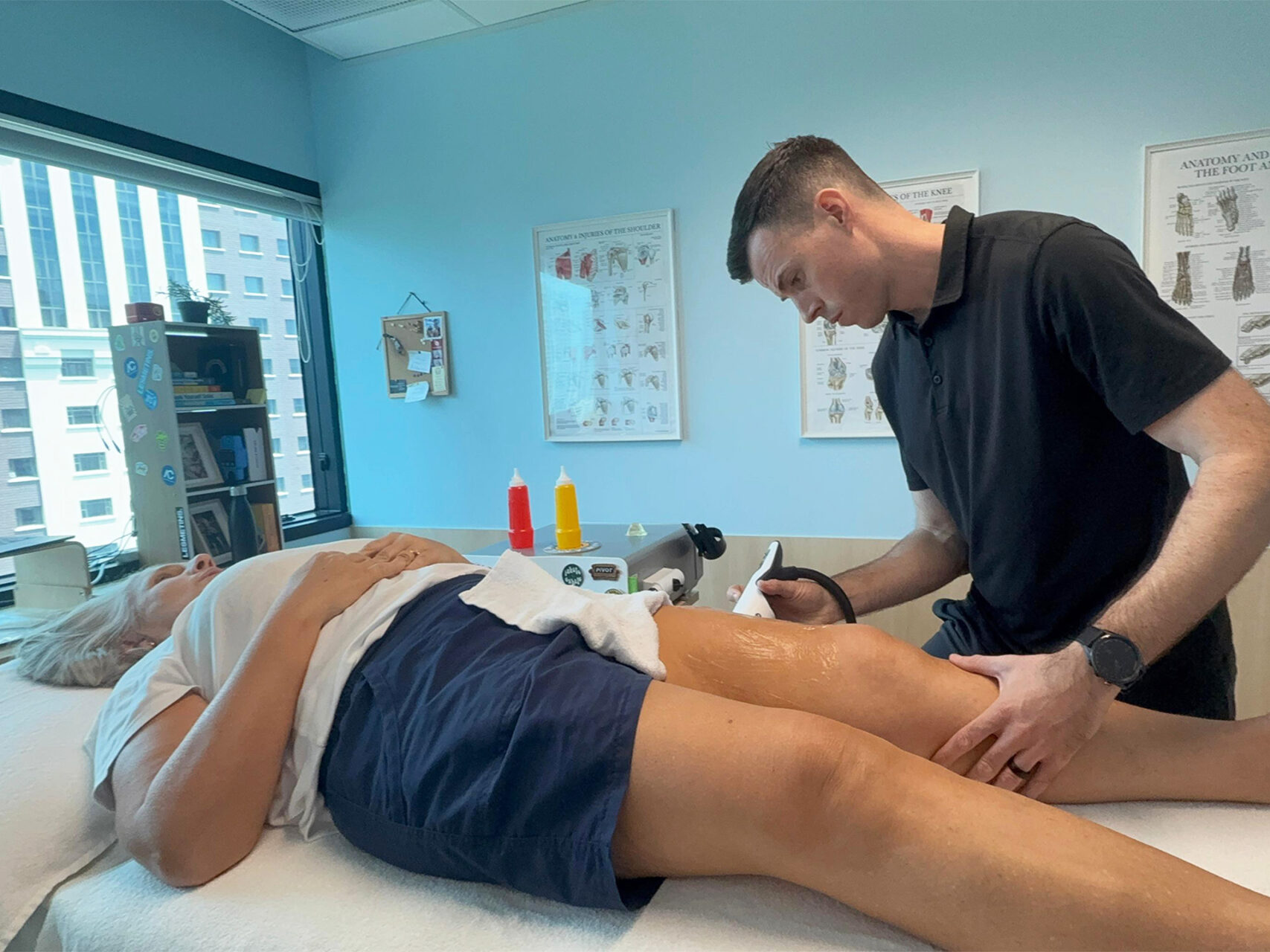|
Getting your Trinity Audio player ready...
|
If you experience a sharp pain that shoots down your leg during a morning run or after sitting for hours, you might be having more than just a muscle cramp. This pain signals piriformis syndrome, a condition that can affect daily activities and athletic performance.
What Is Piriformis Syndrome?
Piriformis syndrome is a neuromuscular condition in which the piriformis muscle in the hip compresses the sciatic nerve, causing symptoms similar to those of sciatica. Unlike traditional sciatica, which originates from compression of the sciatic or spinal nerve root from the buttocks down each leg, piriformis syndrome results from the entrapment of the peripheral nerve under the piriformis muscle, one of the six muscles that comprise the lateral rotator group of the hip.
The pain worsens with prolonged sitting, stair climbing, or movements involving hip rotation. The hallmark is a deep, aching pain in the buttock, often worse with activity that improves with rest, unlike other causes of leg pain. Piriformis syndrome is hard to diagnose as the symptoms can overlap with different issues, like a lumbar disc herniation.
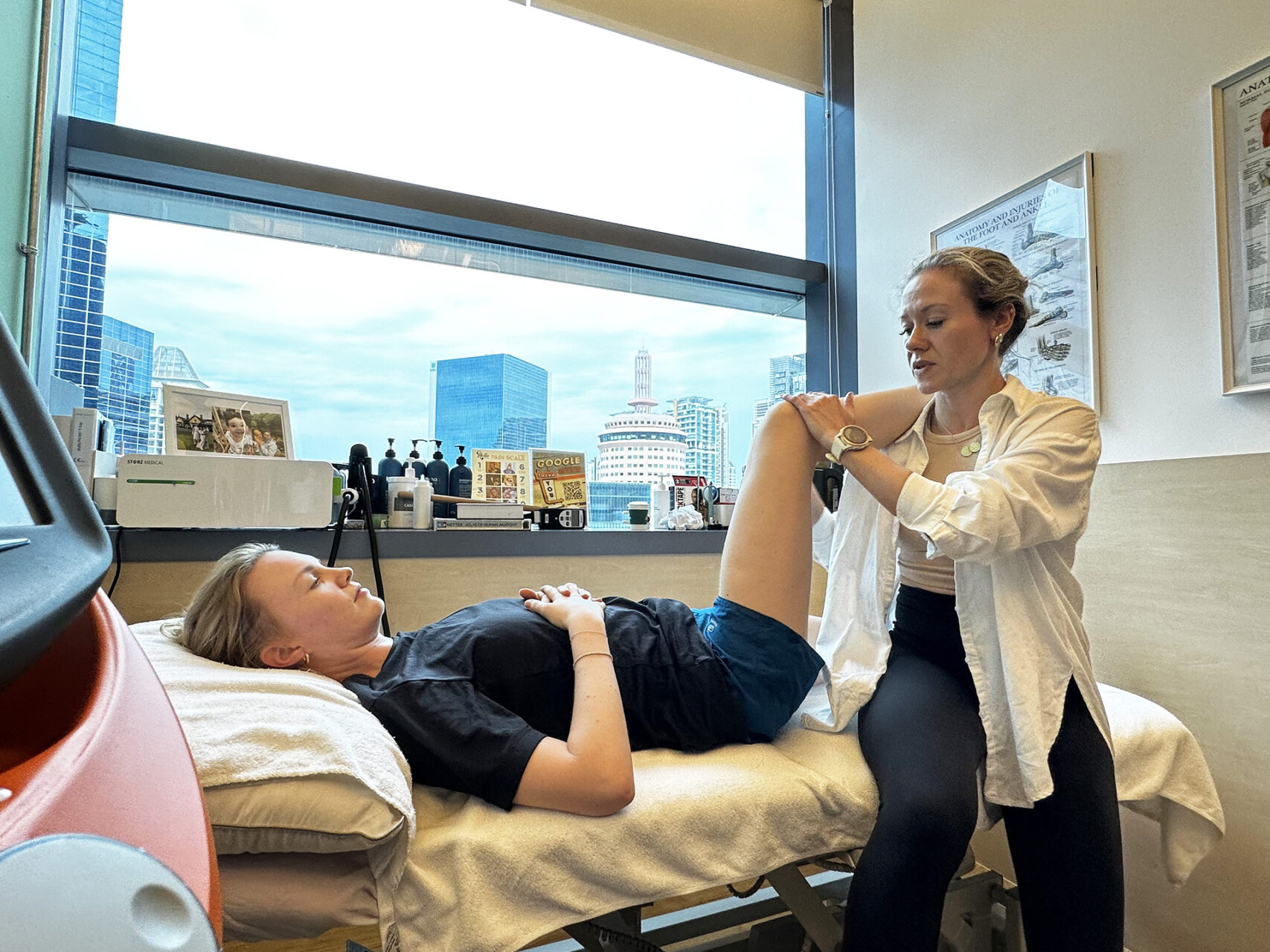
Anatomy of the Piriformis Muscle
The piriformis muscle is a small, flat, band-like muscle deep in the buttock region, near the top of the hip joint. It originates from the pelvic surface of the sacrum, between the 2nd and 4th sacral segments, and travels out through the greater sciatic notch, a key bony passageway at the back of the pelvis. From there, it inserts onto the greater trochanter, the bony prominence on the upper end of the femur.
Functionally, the piriformis muscle helps to stabilise the hip joint and facilitate movements such as external rotation, abduction, and partial hip extension. These movements are essential for daily activities, such as walking, running and changing direction while in motion.
Importantly, the sciatic nerve, the largest nerve in the body, runs near the piriformis muscle. In some, the sciatic nerve passes through the piriformis muscle. In others, it travels just beneath or alongside it. This anatomical relationship is important because any tightness, inflammation, or spasm in the piriformis muscle can directly affect the sciatic nerve, causing pain to radiate down the back of the leg.
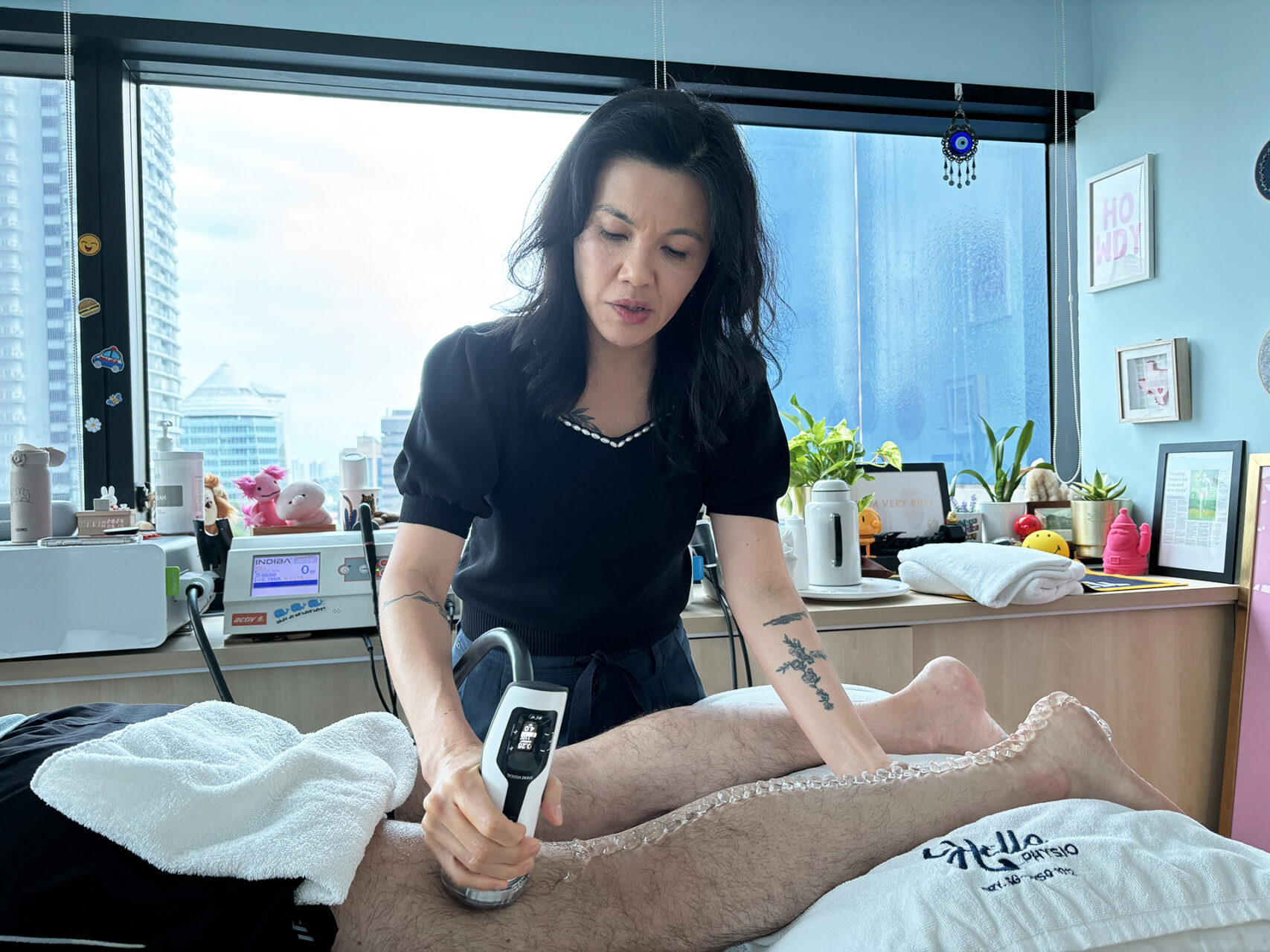
What Are the Causes of Piriformis Syndrome
In many cases, the exact cause of piriformis syndrome is unclear. Thus, a thorough evaluation is essential to rule out other potential conditions.
Anatomical differences, such as the sciatic nerve passing through the piriformis muscle, which is found in 15-20% of the population, can increase the risk of nerve compression. Overuse is another common cause, particularly among runners and athletes who experience repetitive hip movements, which can lead to fatigue, tightness and inflammation in the piriformis.
Direct trauma to the buttock or compensation from other injuries may also trigger symptoms. Prolonged sitting, especially with the hips rotated outward, can further compress the nerve.
Muscle imbalance, especially a weak core, glute or hip muscles, often causes the piriformis to overwork, increasing the risk of injury.
All of these reasons demonstrate that treatment for piriformis syndrome pain necessitates addressing the entire movement system, not just the painful area.
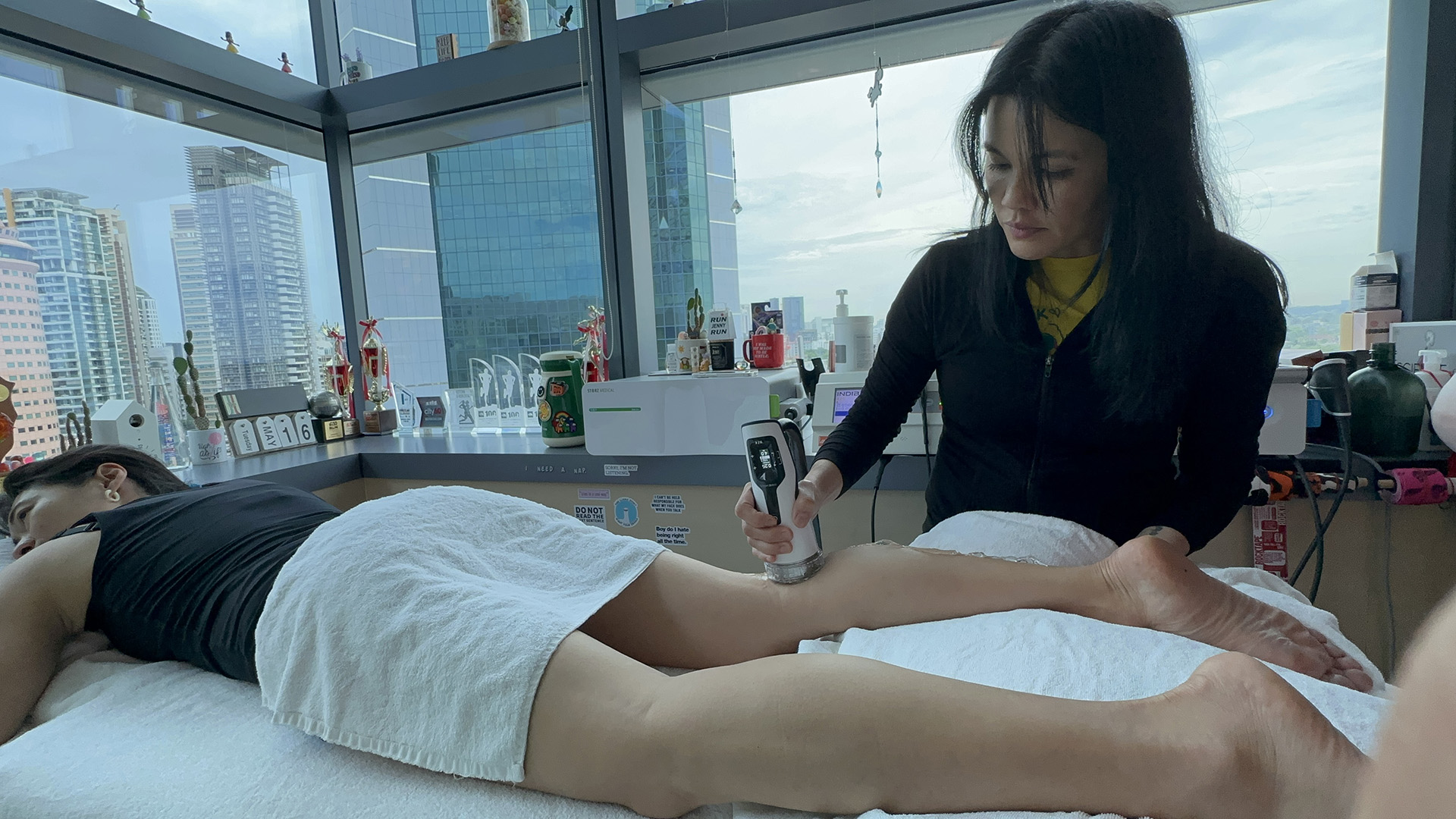
Recognising the Signs and Symptoms
The hallmark symptom of piriformis syndrome is deep buttock pain that radiates down the back of the thigh. This pain, caused by muscle spasms, typically worsens with prolonged sitting, especially when the hip is in a flexed and externally rotated position, such as when sitting cross-legged or in a car for extended periods of time.
Many people report that their symptoms improve with walking or changing positions, which is different from other types of back pain that worsen with activity. They may, however, note that specific activities exacerbate the pain, such as climbing stairs, running on uneven surfaces, or participating in sports that involve cutting movements, all of which require hip external rotation.
Numbness and tingling in the buttocks and down the leg are also common. Still, these symptoms are usually less severe than those associated with true sciatica, which is caused by a disc herniation. Some people experience muscle weakness in the affected leg, particularly during activities that require hip abduction or external hip rotation.
Night pain is another characteristic feature, with many patients reporting difficulty finding comfortable sleeping positions. The pain gets worse when lying on the affected side and can cause sleep disturbances that can impact overall quality of life and recovery.
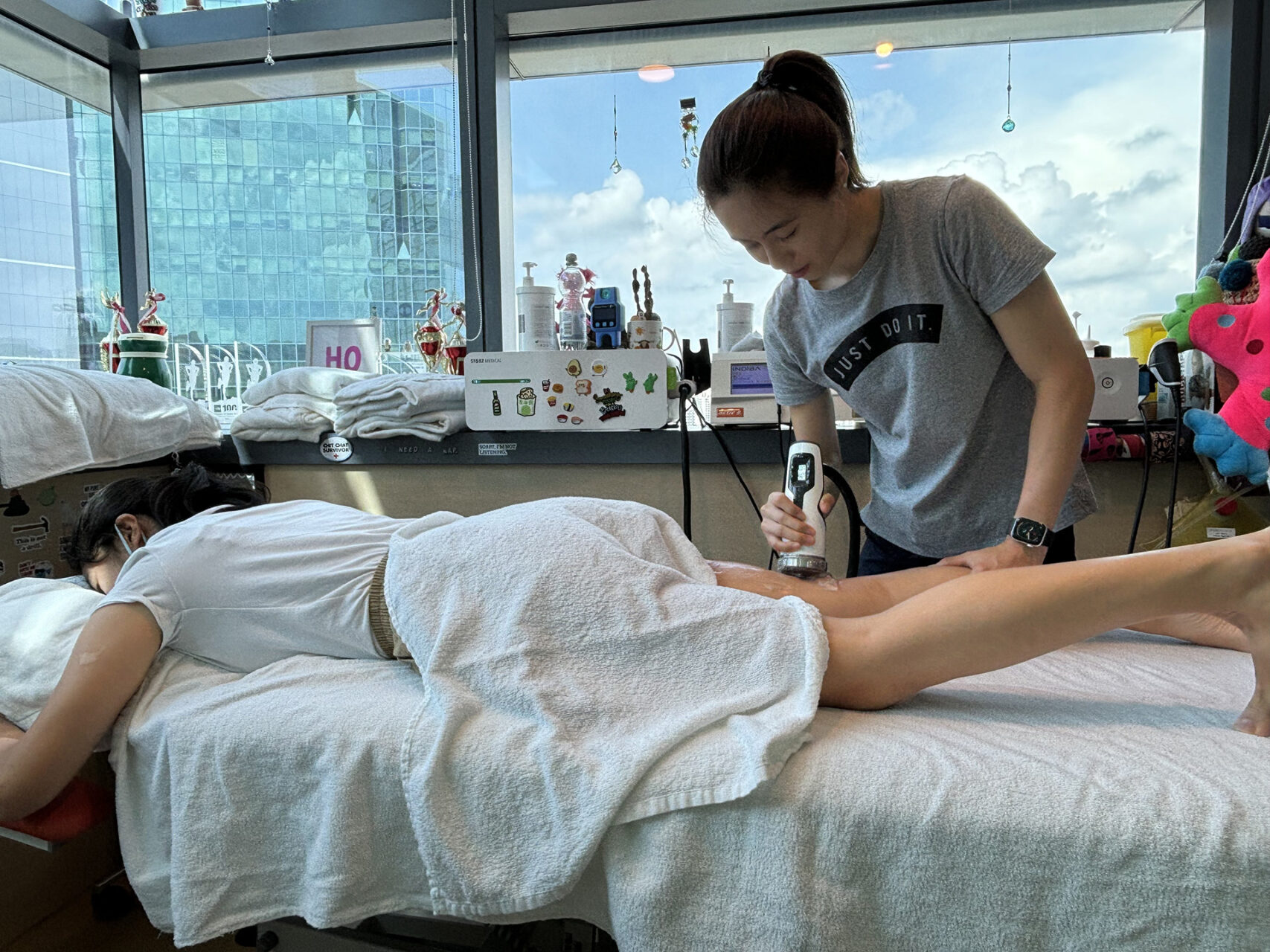
Relationship with Lower Back Pain
Lower back pain associated with piriformis syndrome is relatively common. The interconnected nature of the musculoskeletal system means that dysfunction in the piriformis muscle can lead to altered movement patterns, which subsequently affect the lower back. Conversely, existing lower back problems can cause compensatory changes that increase stress on the piriformis muscle. A proper diagnosis should always include assessment of the lower back area to rule out other pelvic or spinal issues.
This relationship is more apparent in chronic cases. When the piriformis muscle is tight or inflamed, it can alter the mechanics of the pelvis and hip, increasing stress on the lumbar spine. Over time, this can contribute to the development of lower back pain and create a cycle where both conditions perpetuate each other.
The complexity of this relationship highlights the importance of comprehensive evaluation and treatment. Addressing only the piriformis muscle without considering the broader movement patterns and potential contributing factors from the lower back may increase the likelihood of recurrence, even after treatment.
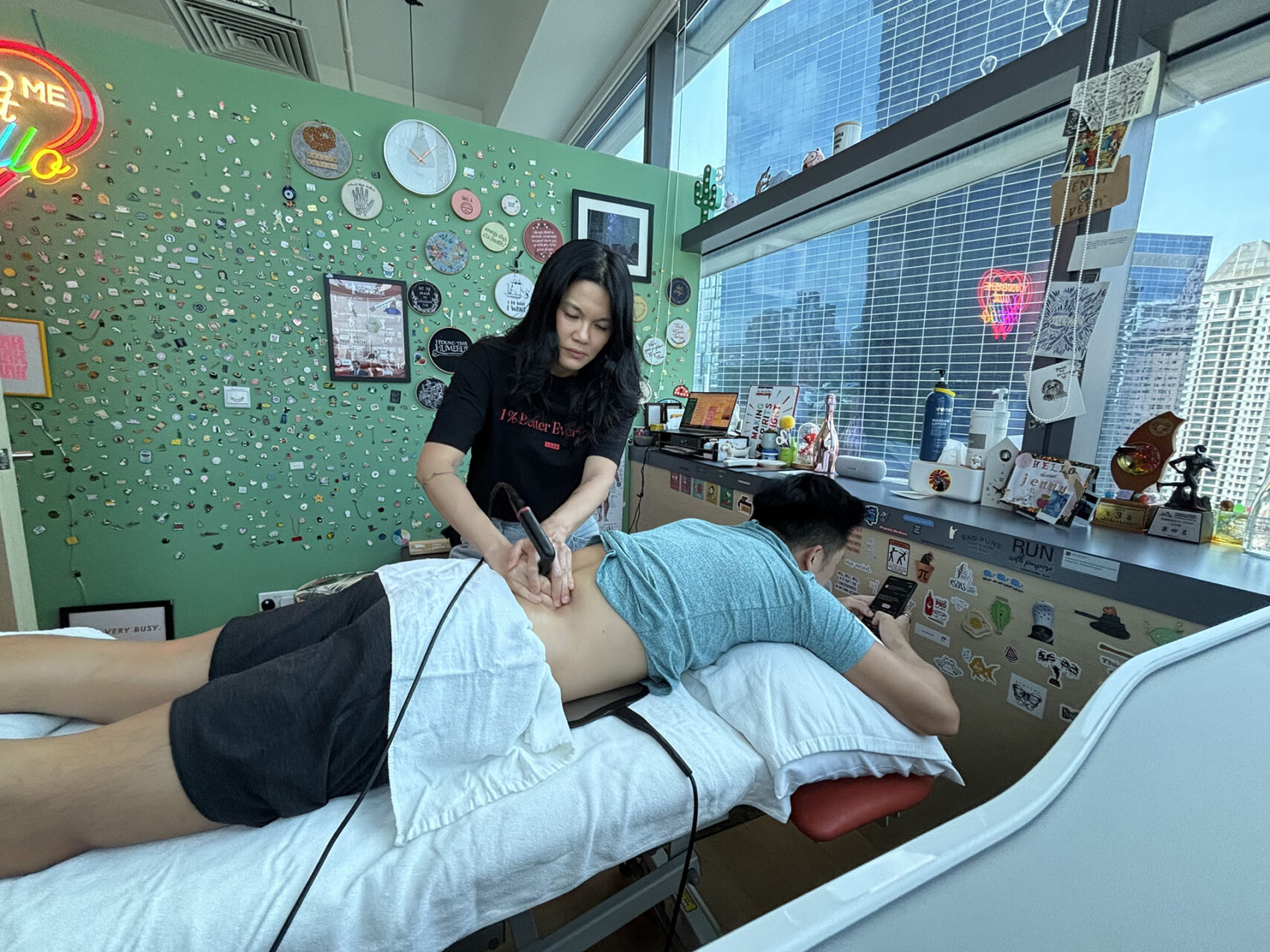
Diagnosis of Piriformis Syndrome
The diagnosis of piriformis syndrome is primarily based on clinical evaluation, including a detailed patient history and physical examination focused on identifying hallmark symptoms and excluding other potential sources of buttock and leg pain. Since there is no definitive blood test or imaging study that can confirm piriformis syndrome, diagnosis can be challenging, especially with its symptom overlap with lumbar disc herniation or hip bursitis.
A thorough neurological exam is necessary to assess sciatic nerve involvement and rule out other conditions. Since it can occur in conjunction with other musculoskeletal problems, a holistic assessment is crucial for developing an accurate diagnosis and treatment plan to relieve piriformis syndrome.

The Role of Physiotherapy in Treatment
Physiotherapy is the mainstay of conservative treatment for piriformis syndrome and is very effective when tailored to individual needs. A physiotherapist will start with a detailed assessment of movement, flexibility and strength. Then they will see how symptoms affect daily and athletic activities and use this information to form the basis of a personalized treatment plan.
Piriformis syndrome physiotherapy will combine manual therapy such as soft tissue mobilization, myofascial release and joint mobilization to ease muscle tension and restore movement with a structured exercise program. This program will progress from improving flexibility and mobility to building strength and functional control, addressing both symptoms and root causes of the pain to reduce the risk of recurrence.
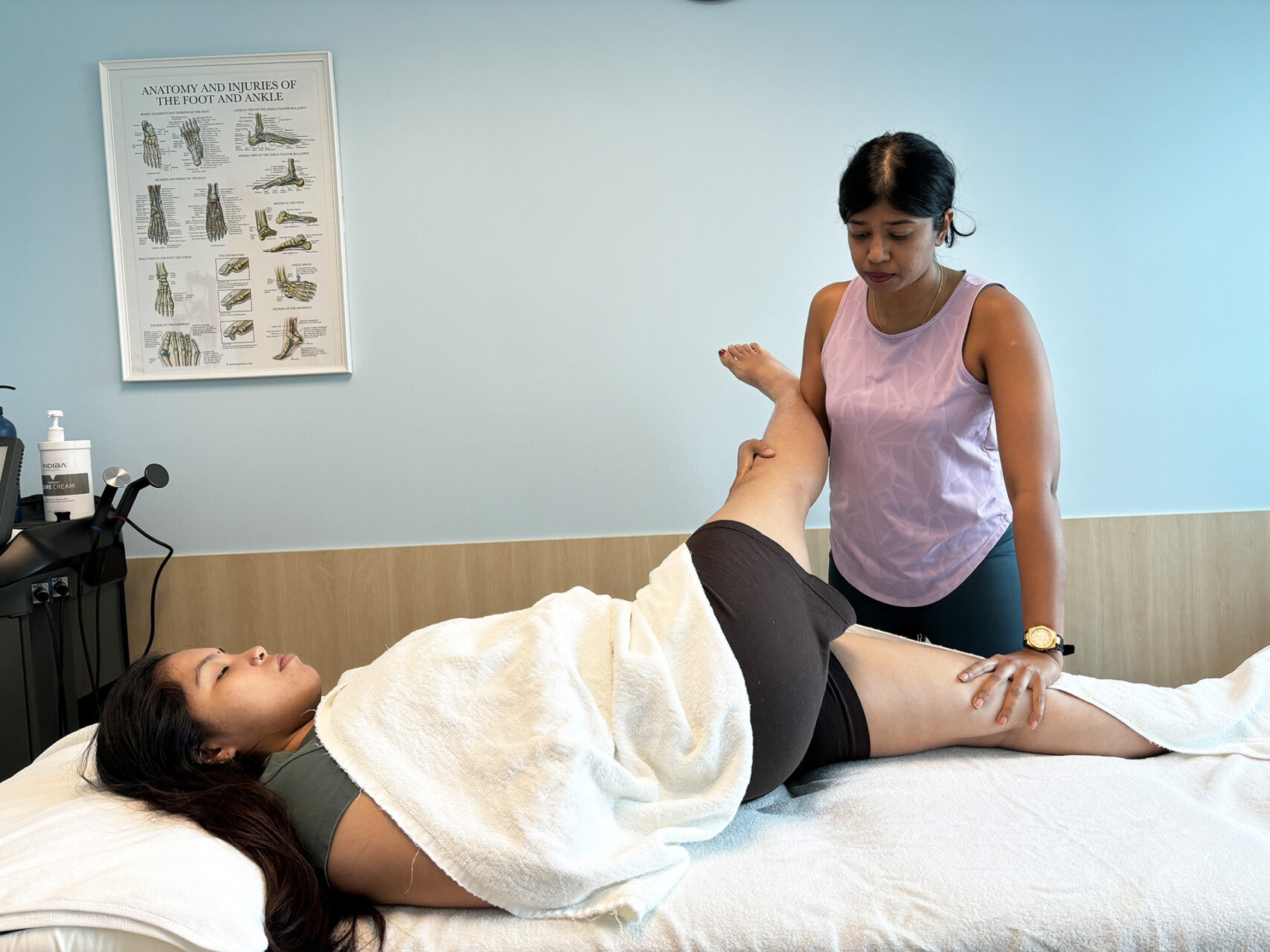
Effective Piriformis Syndrome Exercise Strategies
If you are wondering how to heal piriformis syndrome quickly, exercises that focus on flexibility and strengthening are the foundation of both treatment and prevention strategies. The exercise program will start with gentle stretching exercises to improve flexibility in the piriformis muscle and surrounding structures. These stretches should be done consistently and with proper technique to achieve optimal results.
The classic piriformis stretch involves lying on your back with the affected leg crossed over the opposite leg, then gently pulling the knee towards the opposite shoulder. This stretch should be held for 30-60 seconds and repeated several times a day. Variations of this stretch can be performed in either a sitting or standing position, accommodating different environments and preferences.
Hip flexor stretches are also important, as tight hip flexors can contribute to increased stress on the piriformis muscle. The modified lunge stretch effectively targets the hip flexors and also addresses other muscle groups that may be contributing to the condition.
Strengthening exercises are key, as they address the muscle imbalances that often contribute to the development of piriformis syndrome. Glute strengthening exercises, such as clamshells, side-lying hip abduction, and bridges, help improve hip stability and reduce the compensatory overuse of the piriformis muscle. Core strengthening exercises are also important, as a strong core provides the foundation for proper hip and pelvic mechanics.
Progressive strengthening should eventually include functional exercises that mimic the activities the individual wants to return to. For runners, this may include single-leg squats, lateral lunges and plyometric exercises. For office workers, exercises that address the effects of prolonged sitting, such as hip flexor stretches and glute activation exercises, are fundamental.
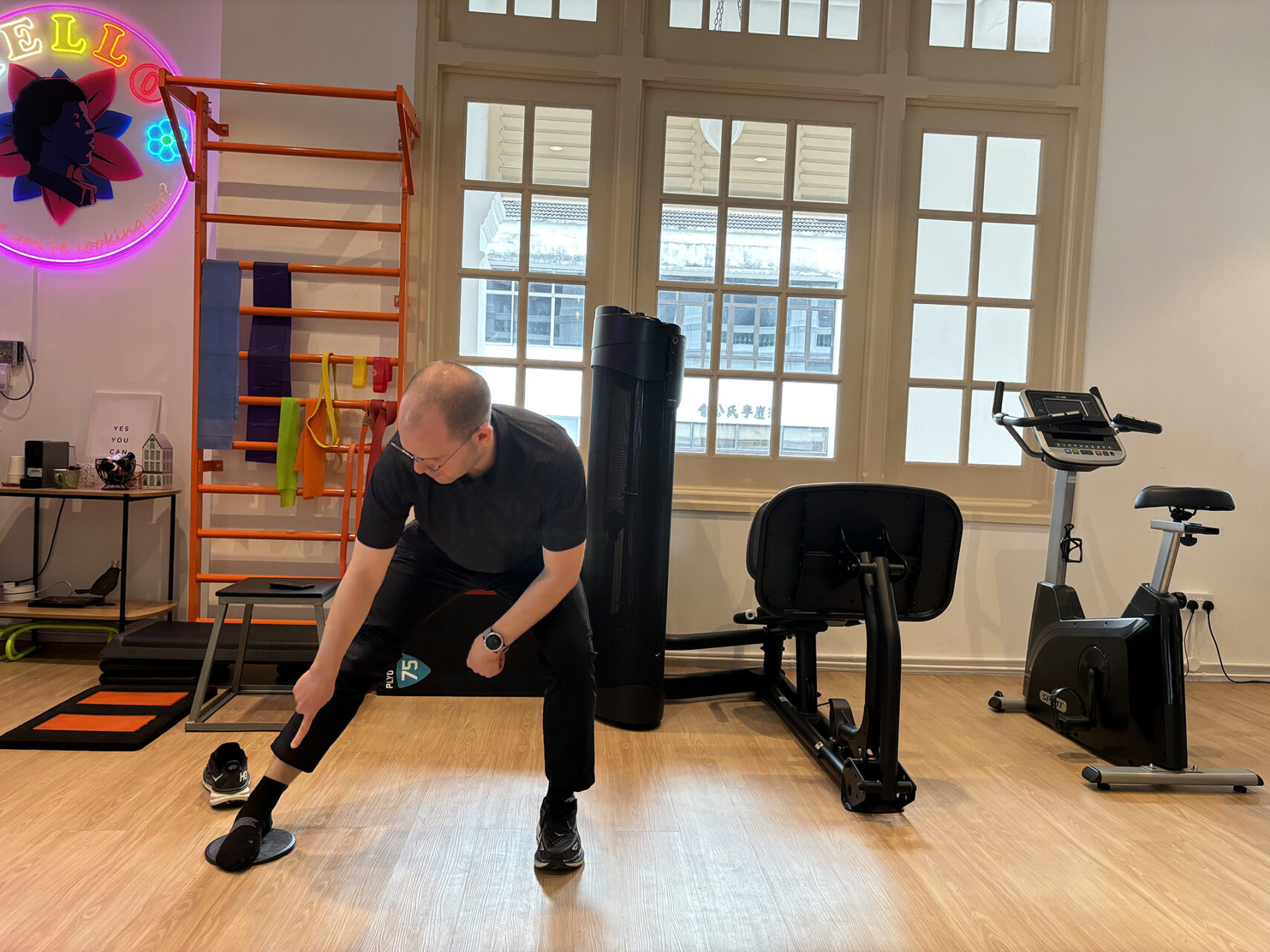
Advanced Therapies
There are now advanced therapies for treating piriformis syndrome, such as INDIBA® Activ, which utilises radiofrequency energy (448 kHz) to accelerate healing and reduce inflammation. This non-invasive therapy increases blood flow, stimulates cellular metabolism and promotes deep tissue repair, making it very effective in relieving muscle tension and pain.
INDIBA is a painless treatment that often provides a warm soothing sensation during the procedure. It’s particularly beneficial for chronic piriformis syndrome cases that haven’t improved with traditional therapies, and it integrates easily into a broader physiotherapy plan for faster and more lasting recovery.
Shockwave Therapy is another non-invasive treatment for piriformis syndrome that uses acoustic waves instead to promote healing in damaged tissues. It’s as effective as corticosteroid injections for piriformis syndrome but without the invasiveness. By delivering focused energy to the affected area, shockwaves increase blood flow, break down scar tissue and trigger the body’s natural healing response. It also acts as a direct myofascial release, helping to relieve deep muscle tension and restore mobility.
The combination of INDIBA and Shockwave Therapy can be very powerful for individuals with chronic piriformis syndrome. While INDIBA therapy promotes cellular healing and reduces inflammation, Shockwave Therapy addresses tissue restrictions and promotes structural changes in the affected muscles. This complementary approach can accelerate recovery and improve long-term outcomes.
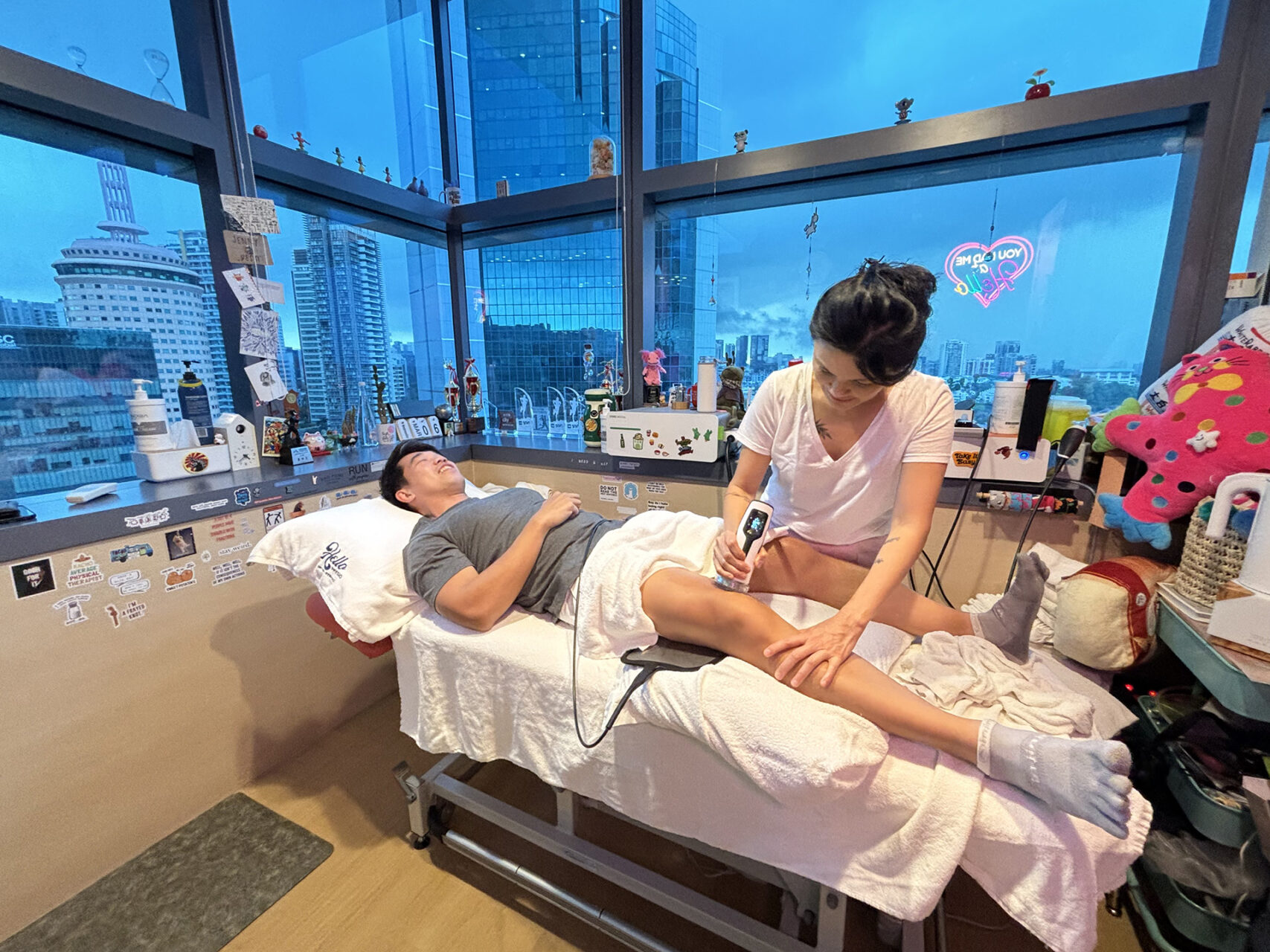
Therapeutic Sports Massage for Piriformis Syndrome
Unlike a regular massage for relaxation, a massage for piriformis syndrome focuses on the piriformis and surrounding muscles that may be contributing to sciatic nerve irritation. Deep tissue techniques work to release tension, while myofascial release addresses restrictions in the fascia that limit mobility and exacerbate pain.
Trigger point therapy may also be used to deactivate sensitive spots within the muscle that refer pain to other parts of the body. When combined with different modalities, such as INDIBA therapy, massage becomes even more effective. Loosening tight tissues through manual work enhances circulation and prepares the body for more profound healing, while radiofrequency therapy supports longer-lasting results and faster recovery. This integrated approach maximizes relief and helps restore pain-free movement.
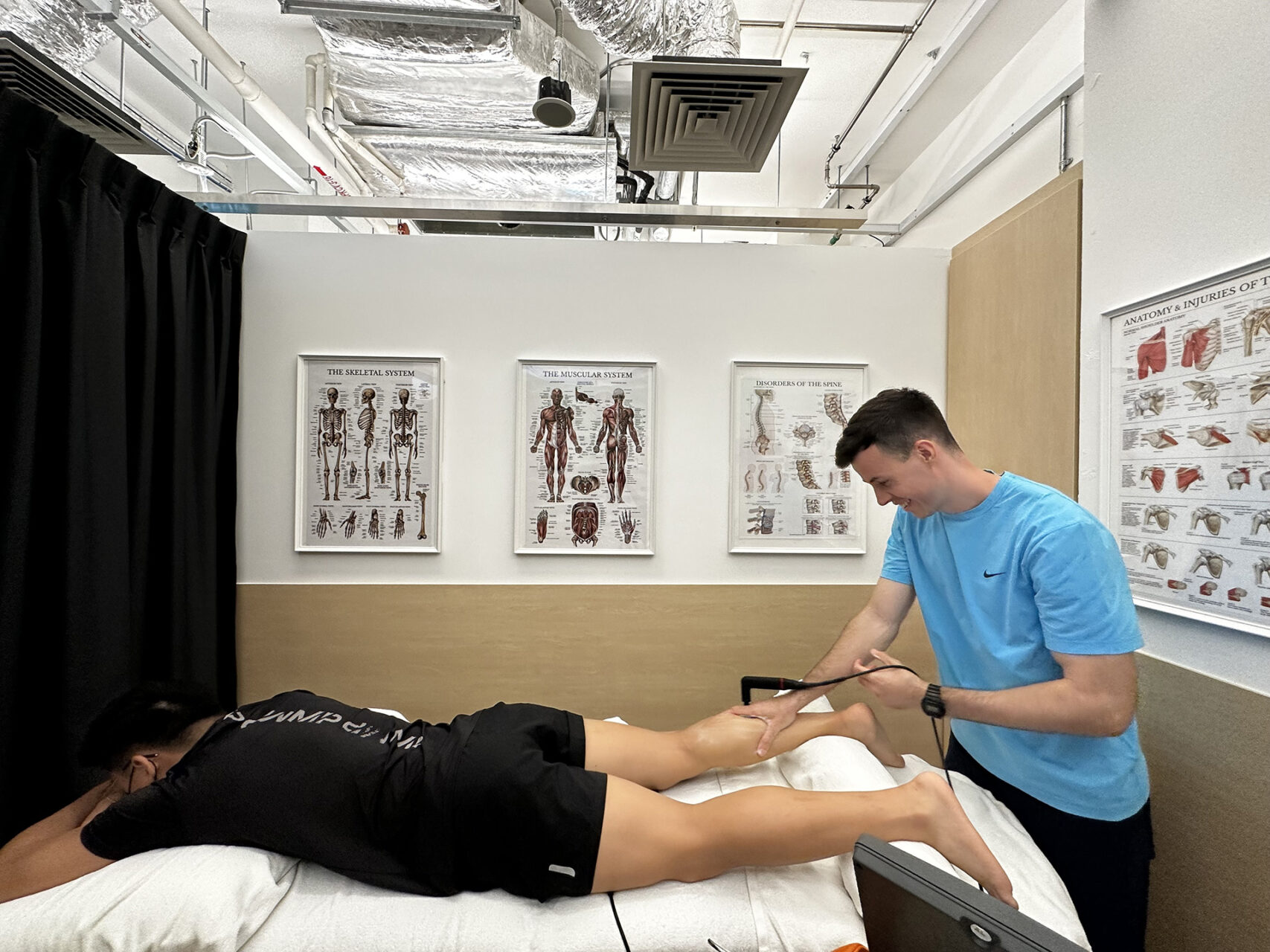
Chronic Piriformis Syndrome
Chronic piriformis syndrome can be complicated to manage and often requires a longer-term and more comprehensive treatment plan. Unlike acute cases, which may resolve with rest and basic therapy, chronic piriformis syndrome typically involves deeper movement dysfunctions, tissue adaptations, and even psychological stressors that complicate recovery.
In a chronic case, the focus shifts from achieving quick symptom relief to promoting sustained functional improvement and preventing relapse. Progress may take time, and consistent communication between the patient and healthcare provider is key.
Advanced therapies such as INDIBA and Shockwave Therapy play a big role in chronic care. These modalities help stimulate tissue repair, reduce inflammation and restore mobility in cases where the body has adapted poorly over time.
Sustainable recovery also involves lifestyle changes such as improving posture, modifying training routines and establishing daily habits that support pelvic and hip alignment. For some, addressing the mental toll of chronic pain is just as important. Incorporating stress reduction, counseling, or support networks can help manage the emotional aspects of long-term discomfort and improve both quality of life and treatment success.
Prevention and Long-Term Management
Preventing the recurrence of piriformis syndrome requires consistent, proactive care. Regular flexibility and strengthening exercises for the hips and core are key. Warm-up and cool-down routines, such as stretching, help maintain muscle balance and prevent muscle strain. For those with sedentary jobs, proper ergonomics, like maintaining a proper desk setup and taking regular movement breaks, can help reduce the risk. Periodic physiotherapy or massage therapy can catch issues early, making long-term management more effective and less disruptive.
Most cases improve significantly with early conservative treatment. About 85% of people recover without surgery. Mild symptoms may resolve in days, while persistent cases may take 1-3 weeks with guided rehabilitation. Importantly, delays in diagnosis can increase the risk of chronic pain and functional decline, highlighting the necessity of early intervention.
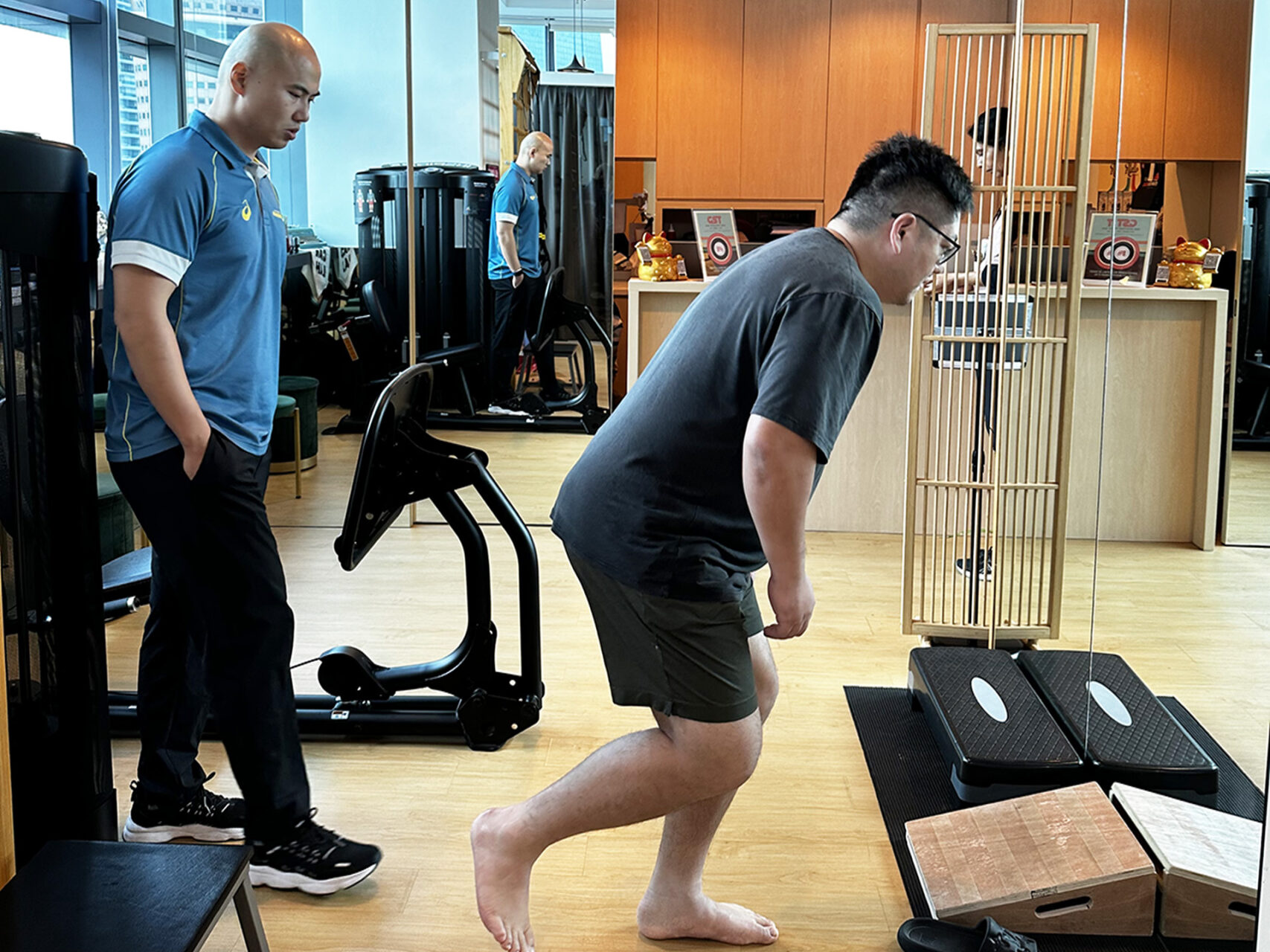
Surgical Management: When Physiotherapy Isn’t Enough
Surgery for piriformis syndrome is rarely needed but may be considered when symptoms are severe, long-lasting and unresponsive to comprehensive conservative treatment. It is typically reserved for cases with confirmed sciatic nerve compression or when other conditions like tumors, abscesses or vascular issues are involved.
The most common procedure, piriformis tenotomy, involves releasing the piriformis tendon to relieve pressure on the nerve. In rare cases, if the obturator internus muscle is identified as the source of sciatic pain, it may also be released.
Post-surgery, patients typically begin partial weight-bearing with crutches for two weeks, along with exercises to improve hip mobility, guided by a physiotherapist.
While surgical outcomes can be positive, offering relief when all else fails, it remains a last-resort option. It should only be pursued with guidance from a specialist experienced in nerve and hip conditions.
The Importance of Physiotherapy Guidance
While mild cases of piriformis syndrome may improve with self-care, professional treatment is essential for persistent or severe symptoms. A skilled physiotherapist can identify the root causes and create a personalized plan to target them effectively.
Unlike self-management, professional care offers hands-on techniques, such as manual therapy, to release deep tissue tension and improve mobility, which can be challenging to achieve on your own. Therapists also ensure exercises are done safely and progressed properly to prevent reinjury and support long-term recovery.
Advanced therapies like INDIBA and Shockwave Therapy require expert application and specialized equipment, making them unavailable for home treatment. Professional oversight also enables continuous monitoring and adjustments, ensuring your recovery remains on track and evolves as your condition improves.
Take the first step toward recovery today by scheduling your comprehensive evaluation with our experienced physiotherapy team at HelloPhysio.

